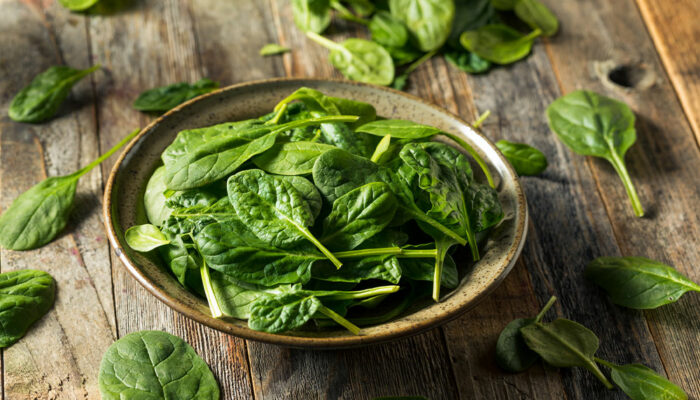
Top Foods to Manage EoE Symptoms
Eosinophilic esophagitis is a chronic inflammatory condition affecting children and adults. It occurs due to inflammation of the esophagus, which leads to issues in contraction. In some cases, the esophagus may also become narrower and develop abscesses. Nausea, vomiting, heartburn, stomach pain, difficulty swallowing, and food getting caught in the esophagus are some of the symptoms. Read on to know more about this condition and which foods can help manage the symptoms.
What You Must Know About Eosinophilic Esophagitis
Eosinophilic esophagitis (EoE) has become one of the most common esophageal and reflux diseases. When a person has EoE, white blood cells known as eosinophils accumulate or overcrowd the esophagus, causing pain and inflammation. Though eosinophils are meant to protect us from infection, if there are too many and they begin to collect in the wrong places, it causes problems.
Allergies, infections, and diseases like inflammatory bowel disease, vasculitis, sarcoidosis, some types of blood cancers, and autoimmune myocarditis can lead to the overcrowding of eosinophils. If one finds it difficult to swallow food or if it frequently gets stuck in the throat, it could indicate EoE. Family history and genetic changes can also lead to an increase in the number of eosinophils.
Doctors perform a thorough physical examination and tests like GI endoscopy, biopsy, and blood examinations to diagnose and confirm EoE. Once they have a clear diagnosis, they prescribe certain treatments to control the inflammation. Nutrition also plays an important role. One must try eliminating certain foods to see how the body reacts. If there is no improvement, they may use a procedure called dilation, where they stretch the esophagus to make swallowing easier.
Foods That Help Manage EoE
While choosing the right food for managing EoE, it is important to understand the triggers. People with EoE may also have food allergies; eliminating such trigger foods is crucial in preventing inflammation.









